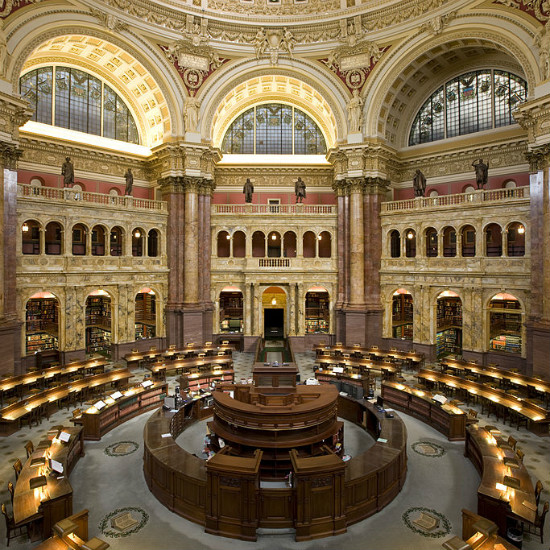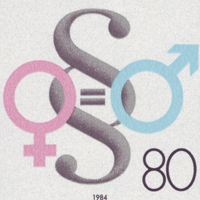Science and religion, we know, are incompatible. Theist fundamentalists tell us so. Atheist fundamentalists tell us so. And both camps have arguments that have been carefully crafted to convince folks who are already convinced.
Divine revelation insists that a humanoid superbeing is present, manifest, and active in the material world. On the other hand, it only stands to reason that there’s nothing we can’t measure.
Which means, of course, that you can either be a scientist or a devotee, but you can’t be both, and if you profess otherwise you’re either a liar or too stupid to know the difference.
And that’s the end of the discussion, no matter how much longer we continue to make argumentative noises—until we admit that the presumption that these arguments represent the pure, irreducible content of religion and science has, itself, refused to countenance truth.
The decision that science and religion are each other’s photo negatives depends on a profound lack of imagination. The insistence that religion and science will never meet—cannot meet—depends on the equations “Religion=Zeus” and “Science=Slide Rule”. But these equations clearly, perhaps deliberately, ignore the depth of both science and religion.
Consider the possibility that religion’s principal concern is not with what exists, but with what does not exist. Religion that yearns for what is not materially present and manifest does not challenge the fundamental premise of science that the universe operates according to law that we can identify, measure, and describe. Indeed, religion that is desire, and that finds—invents when it must—the means of expressing its desire is no more anathema to science than Van Gogh’s “Starry Night” (which doesn’t look anything like a real starry night).
Science that will touch what is here, that will bear no excuses for holding a finger back from the space that stretches out in all directions, presents no threat to the essential hope of religion that we matter in ways we cannot quantify. Indeed, science that is hunger, and that fashions the tools to satisfy its hunger is no more anathema to religion than Whitman’s Leaves of Grass (the holiness of which is not divinely inspired).
Insisting that religion is not desire because a super person must be in there somewhere, or that science is not an innately human hunger because facts are inhuman, is just obstinate.
The hopeless binary in which science and religion are unhappy antagonists could, actually, be a perfectly happy science-art-religion trinary, in which the apparent incompatibility of religion and science on which we’ve boorishly fixated, resolves. Science and religion are propelled by ingenuity, the same glorious flame that makes Trevi Fountains and Brandenburg Concertos out of nothing. Imagination runs miraculous in us, lighting our strange capacity to defy our bonds. The creativity by which we scramble through the universe and accommodate ourselves to it binds religion and science together, indissolubly.
Where science and religion go, art walks between. Science-Art-Religion seats itself—dare we say, naturally—in human identity.
Here’s my recommendation for all future discussions of the way science and religion will ruin each other and all of us:
Eliminate the words “faith” and “evidence”.
That sound you hear is the collective gasp arising from the religious and the not-religious together at the prospect of doing away with what they regard as indispensable. (And the drum of keyboards already composing vulgar insults for my inbox.)
But we have exhausted the usefulness of these words. Overburdened with territorial, hyper-particularized definitions, in the encounter between science and religion these terms fight against clarity and hold us to empty, directionless parsing, where the conversation might, otherwise, go exploring.
For too many religious people, “faith” has become an excuse not to follow the paths that lead away from where they stand. As for the science side, reducing religion to an empty term like “faith” is like Rosie Ruiz running in Boston.
For too many scientists, “evidence” devalues inspiration. And the religious use of the term “evidence” empties the word of all meaning.
Let’s exercise some gumption in the next science-kills-religion-kills-science debate we have to have, and drop “faith” and “evidence” from the conversation, altogether. If for no other reason than to see what happens.
My prediction and my prophecy is that the consequence will be dynamic, productive, and inspiring—as opposed to the same-old, tedious, condescending, and ill-tempered balderdash.
Art will fill out the lexicon with words that speak more clearly and loudly. Imagination, creativity, experience, passion, ingenuity, vision, intelligence, resourcefulness, speculation, confirmation, even love—terms we can use to talk effectively about things like God and Galileo, heaven, background radiation, devotion, and DNA—could be the common vocabulary of a renewed science-religion dialogue, undertaken in shared space.
We’ll find, I hypothesize, if we dare to see art in knowing and believing, that what we can imagine, exists, and that we can imagine what exists.











